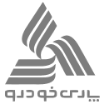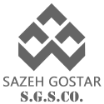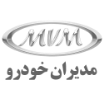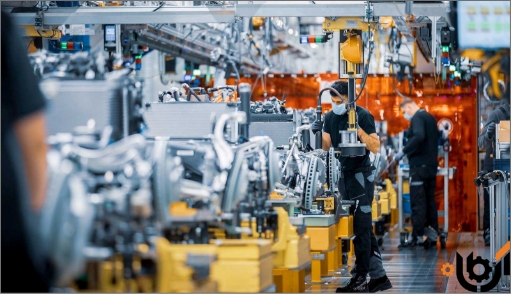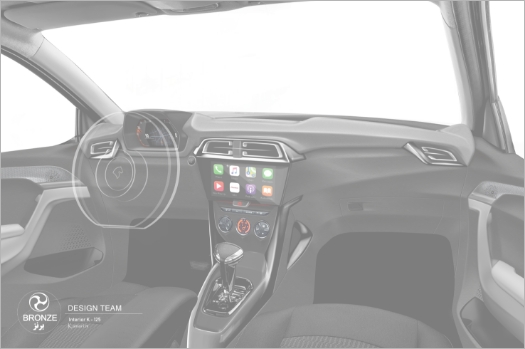Innovation
Industrialization of innovation
In this phase, an effort is made to present the developed product to the market by applying the required modifications or the customer's opinion.

Development of innovation program
When a suitable idea is recognized, it becomes a development plan. In this phase, the required resources are allocated to the desired program. In this section, the lowest output will be the presentation of a product that is likely to be offered to the market.

Innovative Ideas
The investigations carried out in the first phase of the studies obtain the subjects that have research and operational potential, in this phase these subjects are selected and the possibility of developing ideas around them is examined.

Technology monitoring
In the initial phase, the existing technologies are examined, it should be noted that the meaning of technology is to examine the latest manufacturing methods, raw materials, manufacturing technology and synthesis of raw materials. The purpose of doing this is to get the right ideas.

Research projects

Research projects
Car Interior Lighting
Market research shows that lighting is one of the most profitable trends in the automotive industry. The use of this technology is popular in dashboard, steering wheel, footrest and center console parts respectively. Based on the technology used in the lighting system, there will be OLED, LED, etc. The lighting will be connected to thesteering wheel, infotainment system or other dashboard components


Stylization of Parts
Reducing car fuel consumption is directly related to reducing the amount of pollutants, one of the ways to reduce fuel consumption is reducing the weight of the car In recent years, several solutions have been proposed to reduce the weight of the internal parts of the car, among which we can mention the use of composites containing natural fibers and coating technology with foam particles in the mold.
Smart Surfaces
Display With Smart Surface Is The Next Generation of High Added Value Products In Car Interior Parts. There Are Various Raw Materials And Technologies To Achieve Such a Product, among which capacitive touch surfaces, flexible films and smaart polymers can be mentioned.

Other projects
Inventions

inventions
Smart and Interactive Car Dashboard
In this invention, to introduce a decorative structure for parts of the interior trim of the car, including the panel panel (including: medallion and under the elbow) of the car, which lights up when touched, the car starter, and when the user uses the music player, and can display different light reactions (for example, according to the type of music). In the decorative layer described in this invention, it has been tried to give the user a new experience of the interior space of the car cabin by engaging the user's sense of curiosity and creating action and reaction in the medallion and elbow area and any area of the car trim that is covered with textile. It should be given to both cause visual appeal in the interior trim and also to give a reaction to the user's actions so that the user feels as if the car is a living being.
Design and construction of car roof using phase change materials with the aim of thermal adjustment of the car cabin
The problems and dangers caused by the increase in the internal temperature of the cabin as a result of parking under the sun due to the phenomenon called the greenhouse effect and the disadvantages of existing conventional methods to reduce the temperature, such as: Increasing fuel consumption, being expensive, creating environmental problems, etc., necessitates the design of a cost-effective and clean system with easy use in order to adjust the internal temperature of the car cabin.
The purpose of this invention is to create thermal adjustment inside the car cabin by using phase change materials in the car interior. In this system, the internal parts of the car can adjust their thermal resistance automatically with the ambient temperature. By incorporating phase change materials in these parts, when the temperature increases and passes a certain limit, the excess heat is absorbed by the PCMs in the parts, and this absorbed energy is spent on the process of changing the phase of the PCMs from the solid phase to the liquid phase (at a constant temperature). ) becomes This process leads to a decrease in the temperature of these parts, and as a result, the release of heat energy from these surfaces decreases, which ultimately leads to the adjustment of the internal temperature of the car cabin. In addition to adjusting the internal temperature of the car and increasing the thermal comfort of the passengers, this system reduces the need for air conditioning systems (A/C), reduces fuel consumption, and reduces harmful emissions.
Other inventions
Prototyping

Prototyping
Prototyping is a process that gives an objective visualization to the 3D design, which until now was only visible in the software environment, as a result, it provides the possibility to identify any problems or mistakes in the product design in its early stages. . By troubleshooting in the early stages of product development, the possibility of errors in the final phase of product development is reduced and the time and costs of project implementation are saved. In the bronze industrial group, prototyping using various methods such as:
Hand lay up
• 3D printing using the FDM method
• Casting using silicone and epoxy resin
will be done. The use of the types of methods listed above depends on the geometry of the sample, its dimensions and the quality of its surfaces. Some temporary molds made with silicone or epoxy resins can be used up to 1000 times in an injection molding machine, but if using 3D printing method or manual porcelain layer every time.

Samples produced with a 3D printer


A sample produced using the Hand Lay Up method

Temporary mold produced using silicone resin
Product development

Product Development
The creation process begins after the design process, and at the same time, the design obtained from the design process is turned into a product that can be presented in detail. Raw materials, production processes and all the things required for product development and the start of the production process are needed, while the development process is examined, there are various methods for implementing this process. The activities that are carried out while developing in the Bronze Industrial Group are similar to other companies active in the automotive industry based on the APQP process and include:
• Product definition: its geometry, raw materials and manufacturing technologies
• Definition of processes: hardware, machines, molds, lay out, production spaces, manpower and related trainings
• Defining the validation process: In this step, the process and the manufactured products are examined and validated in terms of quality.
• Feedback, evaluation, corrective action

Customers


